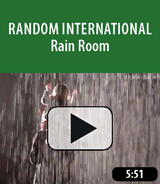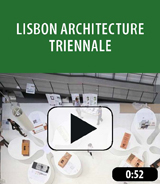The key area in the Spanish Pavilion Korea 2012 is Deep Ocean. The visitors enter a space which is lit up with samples containing water collected at a depth of 5000m. The shape of the samples is reminiscent of the tubes used by the Malaspina 2010 Expedition. This recent circumnavigation carried out by the Hesperides’ crew has allowed scientists to collect important data concerning the seas across the Earth. Through the use of peculiar tubular collectors of marine samples, scientists have been able to explore marine biodiversity as well as assess the impact of climate change on the Oceans. In this area, Hesperides’ samples become more complex, turning into hi-tech glazed amphorae which generate a sort of abyssal topography. Their water contains scientific data which can be deciphered through the shift of colour. The topography expands or shrinks to regulate the flux of users and disappears whenever the didactic projection is on. The visitors find themselves immersed in a space filled with sounds, lights and videos which interact with each other, in a scenario which allows them to live the experience of being in the bottom of the sea. One of the key features of this experience is the projected mapping, which gives vitality to part of the installation through showing the vibrating water. Thus, Hesperides’ scientific research finally turns into a liquid luminescent landscape which recalls the abyss.
External Reference (Vimeo)










